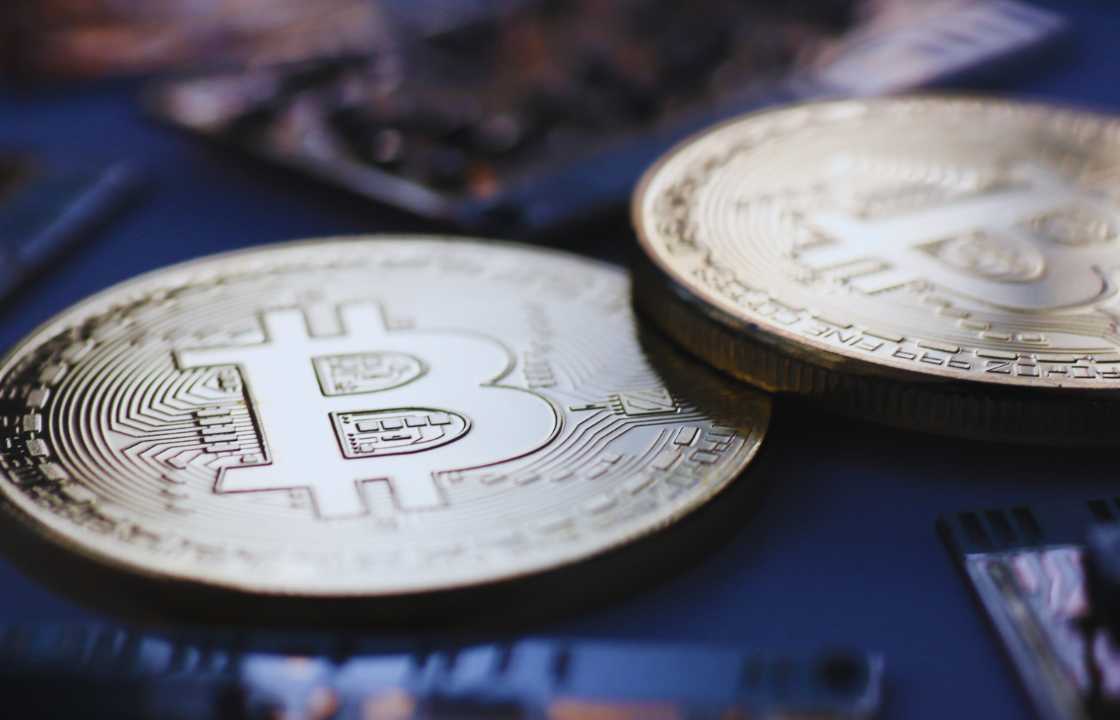Just four months post-launch, the ‘ord’ protocol is facing its first contentious issue revolving around “cursed” inscriptions.
A cursed inscription, in its simplest definition, refers to any inscription that ord currently fails to index or identify. This term has emerged as a broad category to include those inscriptions crafted through either incorrect or deliberate misuse of opcodes, resulting in an inscription that the ord protocol can’t index, thus rendering it unnumbered.
The problem first surfaced on April 25 in the ord GitHub discussions, where the initial solution suggested by then lead developer, Casey Rodarmor, was to modify ord to identify these previously invalid inscriptions, including those in old blocks. These ‘new’ inscriptions were to be considered ‘cursed’ and assigned negative numbers.
Interestingly, the exemplar inscription code featured on the Ordinals docs website would be classified as a cursed inscription under this definition.
Cursed inscriptions can originate from a variety of sources. Any inscription with several inputs/outputs falls under this category. As seen above, misuse of certain opcodes like OP_1 can result in cursed inscriptions. Alternatively, deliberate creation of such inscriptions can be achieved using OP_66 with a value of “cursed”, which results in an even-numbered opcode not indexed by ord. Even-numbered opcodes, unless previously defined in the spec, are not recognized as they are reserved for future protocol development. The Issue #2045 enumerates some possible methods for generating cursed inscriptions, including:
1. Multiple inscriptions per transaction for efficient batching.
2. Inscriptions on inputs after the first, useful for collections.
3. Multiple inscriptions on the same satoshi so that the entire satoshi history doesn’t require verification for validating a new inscription.
4. Inscriptions with unrecognized even headers to prevent new even headers from causing upgraded clients to disagree on inscription numbers.
The concept of cursed inscriptions sparks a few debates. One controversy arises from the current numbering system of these inscriptions, where cursed inscriptions receive negative numbers based on their creation order. Consequently, some individuals purposefully craft inscriptions appearing “cursed” by either inverting the image of a positively numbered inscription or employing a darker image theme during inscription. The question posed is whether these should be appended to the index of positively numbered inscriptions or retain their negative inscription number post code update.
Another contentious issue is the handling of certain types of cursed inscriptions created using the OP_66 opcode. As this opcode isn’t recognized by ord and even-numbered opcodes are purposefully left out for future developments, the debate ensues whether inscriptions utilizing this opcode should be included in the cursed set or dismissed altogether.
Currently, the matter concerning the even-numbered opcode is under discussion in the ord GitHub. Although many comments favor including these inscriptions in the index, the protocol’s primary maintainers appear to oppose it. The current developer stance is that these inscriptions would be unbound, implying they would not be linked to a specific satoshi.
Remember, the ordinal theory operates on a first-in, first-out system for tracking satoshis. Each inscription is assigned to the first satoshi in the genesis transaction at the inscription’s creation. This approach to viewing bitcoin allows the tracking and transfer of images, files, text, etc. If a cursed inscription is unbound, it wouldn’t link to a specific satoshi, thus inhibiting its transfer to another address. Many inscribers who hope to sell or transfer their inscriptions to another party will be impacted. While inscriptions using this opcode will endure on the Bitcoin blockchain, if classified as unbound and not assigned to a specific satoshi, users minting cursed inscriptions using this opcode will be unable to sell or transfer them.
The inability to sell or transfer these inscriptions is a major concern for individuals investing significant funds in transaction fees to create cursed inscriptions. These individuals could face substantial financial loss due to wasted fees. Many users have voiced their support on the GitHub issue for recognizing cursed inscriptions utilizing the OP_66 even-numbered opcode. Still, the code’s maintainers remain unresponsive to these pleas.
On May 30, the new lead maintainer of ord, Raphjaph, stated, “Inscriptions are not valid if they use an unrecognized even tag under the current protocol, so recognizing them already makes a concession. For now, they are unbound, but we might reconsider this and bind them in the future if there are compelling reasons.”
This response was not what many inscribers hoped for. Similar to Bitcoin, ord is open-source, so users can fork the code to recognize these particular types of cursed inscriptions. However, this debate remains heated, and ord’s future direction remains uncertain. Users who spent significant amounts on transaction fees may be willing to switch to a new version of ord that recognizes their cursed inscriptions, but this remains a hypothetical option at present.
Ordinals, being a new technology built on Bitcoin, still have much to prove. Whether inscriptions are a temporary fad or a lasting innovation might hinge on how this controversy is resolved.

